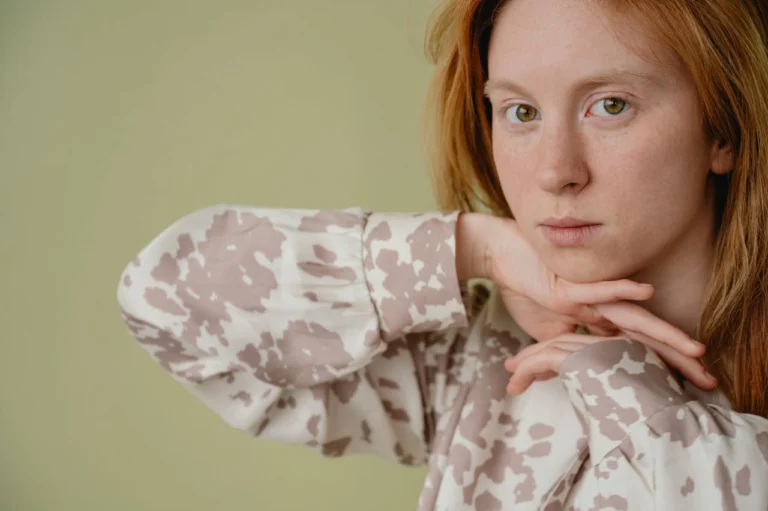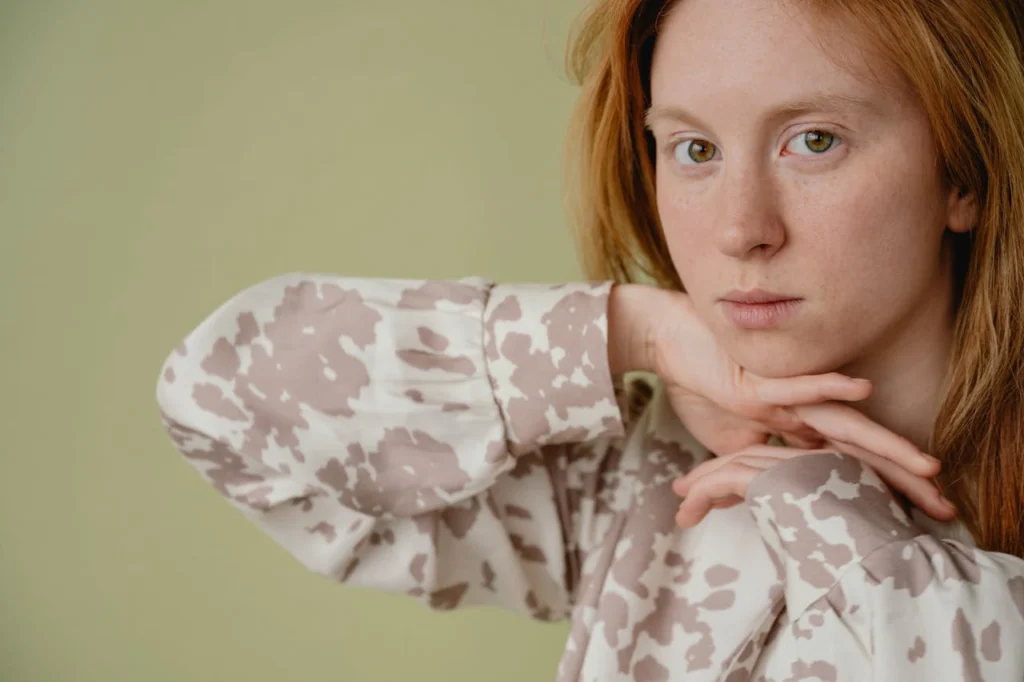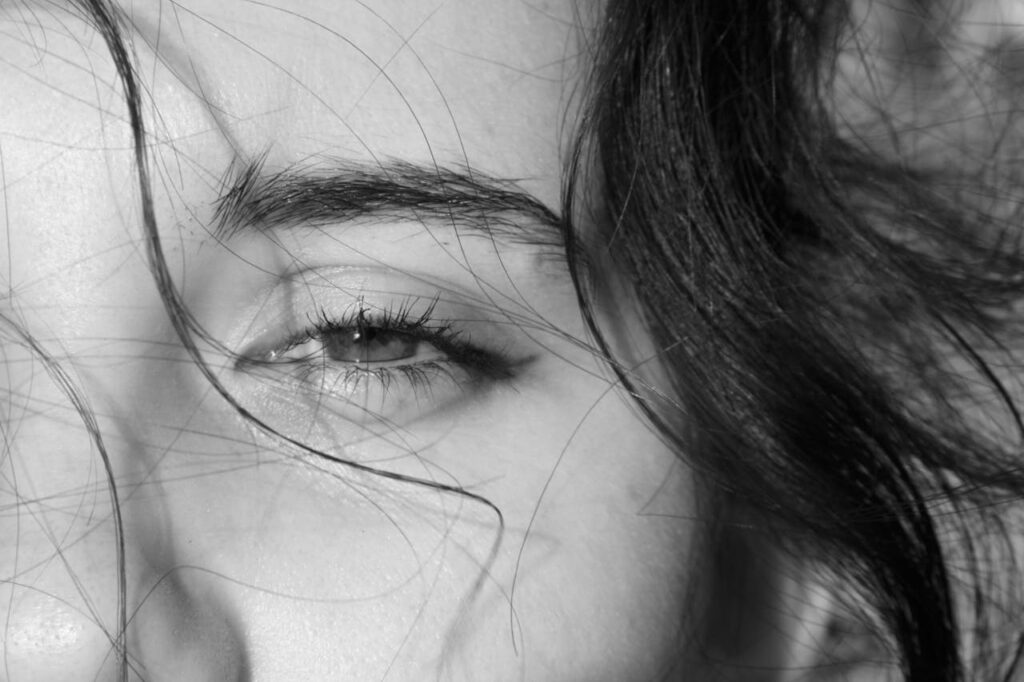Depression is more than sadness. It often shows up as persistent fatigue, disrupted sleep, physical pain, lack of concentration, and a sense of emptiness or numbness. Many people describe it as moving through life on autopilot—going through the motions while feeling disconnected from any real sense of joy or meaning.
Traditional approaches such as medication and talk therapy can be very effective. At the same time, research in recent years has shown that Eye Movement Desensitization and Reprocessing (EMDR) can also be a powerful tool for people experiencing depression.
What Is EMDR?
EMDR (Eye Movement Desensitization and Reprocessing) was originally developed as a treatment for post-traumatic stress disorder (PTSD). Its central mechanism involves bilateral stimulation—such as guided eye movements, gentle tapping, or alternating sounds—that helps the brain reprocess memories that have become “stuck.”
When unresolved memories remain unintegrated, they can fuel persistent negative core beliefs like “I’m not good enough,” “Everything is my fault,” or “I don’t deserve happiness.” These beliefs often reinforce and maintain depressive states.
The goal of EMDR is not to erase the past. Instead, it helps the brain file these experiences in a more adaptive way so they no longer dominate your present life.
How EMDR Supports Depression
Many experiences of depression are rooted in earlier life events—emotional neglect, critical parenting, overwhelming stressors, or relational wounds. When these experiences go unprocessed, they can manifest as chronic exhaustion, hopelessness, or self-doubt.
Through EMDR, clients have the opportunity to revisit these experiences in a safe therapeutic space. The process reduces the emotional intensity of painful memories and supports the development of healthier, more compassionate beliefs about oneself.
Clinical studies have shown that EMDR can not only reduce depressive symptoms but also increase self-esteem and resilience. For many people, this means:
- Shifting from persistent helplessness to a renewed sense of energy and possibility
- Replacing “I’m broken” with the belief that “I am worthy of love and care”
- Moving from isolation toward safer, more authentic connections
What to Expect in an EMDR Session
In an EMDR session, I begin by helping you establish resources and a sense of safety. Many clients seeking EMDR therapy in Syracuse, NY appreciate starting with this grounding process, as it sets the foundation for deeper work. Once you feel centered, we gently focus on a thought, emotion, or body sensation while engaging in bilateral stimulation.
During this process, images, sensations, or memories may arise. This is the brain’s way of reorganizing and integrating. Over time, the emotional charge linked to painful experiences lessens, and new, more life-affirming perspectives emerge.
The process is gradual and always paced to your comfort. Your safety and readiness are the guiding priorities.
Closing Thoughts
Depression can feel overwhelming and lonely, but it does not define your capacity for healing. EMDR offers an integrative approach that works with both the brain and the body, helping you release what has been held for too long and reconnect with your authentic, vital self.
✨ If you are experiencing depression and wondering if EMDR might support you, I would be honored to connect with you. Together, we can explore a path toward relief, reconnection, and greater resilience.







